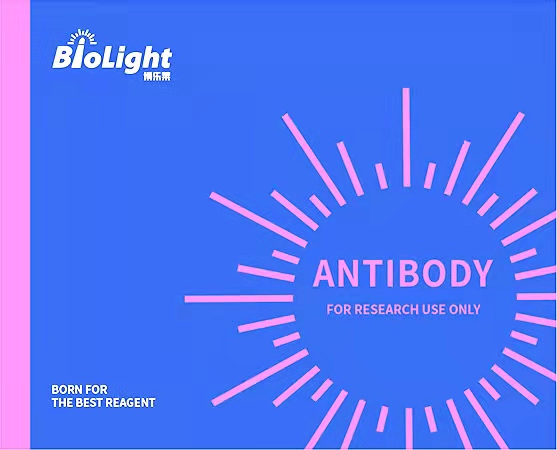
Anti-CXCL1 Antibody, Mouse Monoclonal
产品编号:PA00589RaA10
$ 询价
规格 50uL 100uL 200uL 可选
产品名称:Anti-CXCL1 Antibody, Mouse Monoclonal
经验证的应用:/
交叉反应:/
特异性:rat CXCL1
免疫原:Recombinant rat CXCL1 protein, fragment Ala25~Lys96; UniprotKB: P14095
制备方法:Produced in rabbits immunized with rat CXCL1, and purified by antigen affinity chromatography
来源:Polyclonal Rabbit IgG
纯化:Immunogen affinity purified
缓冲液:Supplied in PBS, 50% glycerol and less than 0.02% sodium azide, PH7.4
偶联物:Unconjugated
状态:Liquid
运输方式:This antibody is shipped as liquid solution at ambient temperature. Upon receipt, store it immediately at the temperature recommended.
储存条件:This antibody can be stored at 2℃-8℃ for one month without detectable loss of activity. Antibody products are stable for twelve months from date of receipt when stored at -20℃ to -80℃. Preservative-Free. Avoid repeated freeze-thaw cycles.
别称:NAP3, GRO1, GROa, GRO-A, MGSA-A, NAP3, SCYB1, Chemokine C-X-C-Motif Ligand 1, Melanoma Growth Stimulating Activity Alpha, Fibroblast Secretory Protein
背景信息:CXCL1/GRO alpha/KC/CINC-1. CXCL1, also known as KC, GRO alpha, and CINC-1, is an approximately 8 kDa proinflammatory chemokine that plays a key role in neutrophil migration and activation (1). Mature human CXCL1 shares 64% and 67% amino acid sequence identity with mouse and rat CXCL1, respectively (2). It is produced by many cell types in inflammatory sites and during chronic inflammatory diseases (1). CXCL1 can associate into bioactive dimers and primarily signals through CXCR2/IL-8 RB but can also bind with lower affinity to CXCR2/IL-8 RA (3-5). It induces neutrophil migration, extravasation, respiratory burst, and degranulation and also induces T cells to produce proinflammatory IL-17 (4, 6, 7). CXCL1 additionally binds to Syndecan-1 on epithelial cells which acts as a sink for CXCL1 activity until Syndecan-1 cleavage by MMP-7 (8). CXCL1 is upregulated in spinal cord astrocytes by inflammatory stimuli or tumor cell injection, and it exacerbates pain sensation by potentiating excitatory NMDA neurotransmission (9, 10). In the circulatory system, CXCL1 interacts with CXCR2 on endothelial cells to promote lymphatic tube formation and angiogenesis (11, 12). It promotes the hypertrophic differentiation of chondrocytes resulting in cartilage matrix deposition, calcification, and remodeling (13). It interacts with both CXCR1 and CXCR2 on adipose stromal cells and promotes their recruitment to prostate tumors in obese patients (14). It also binds CXCR2 on ovarian cancer cells, leading to cleavage of cell surface HB-EGF, transactivation of EGF R, and cell proliferation (15). Truncated forms of CXCL1 with 3-5 amino acids removed from the N-terminus are secreted by peripheral blood monocytes and are 30-fold more active than the intact form (16)
全称:Growth-regulated alpha protein (CXCL1)
说明书:待上传

